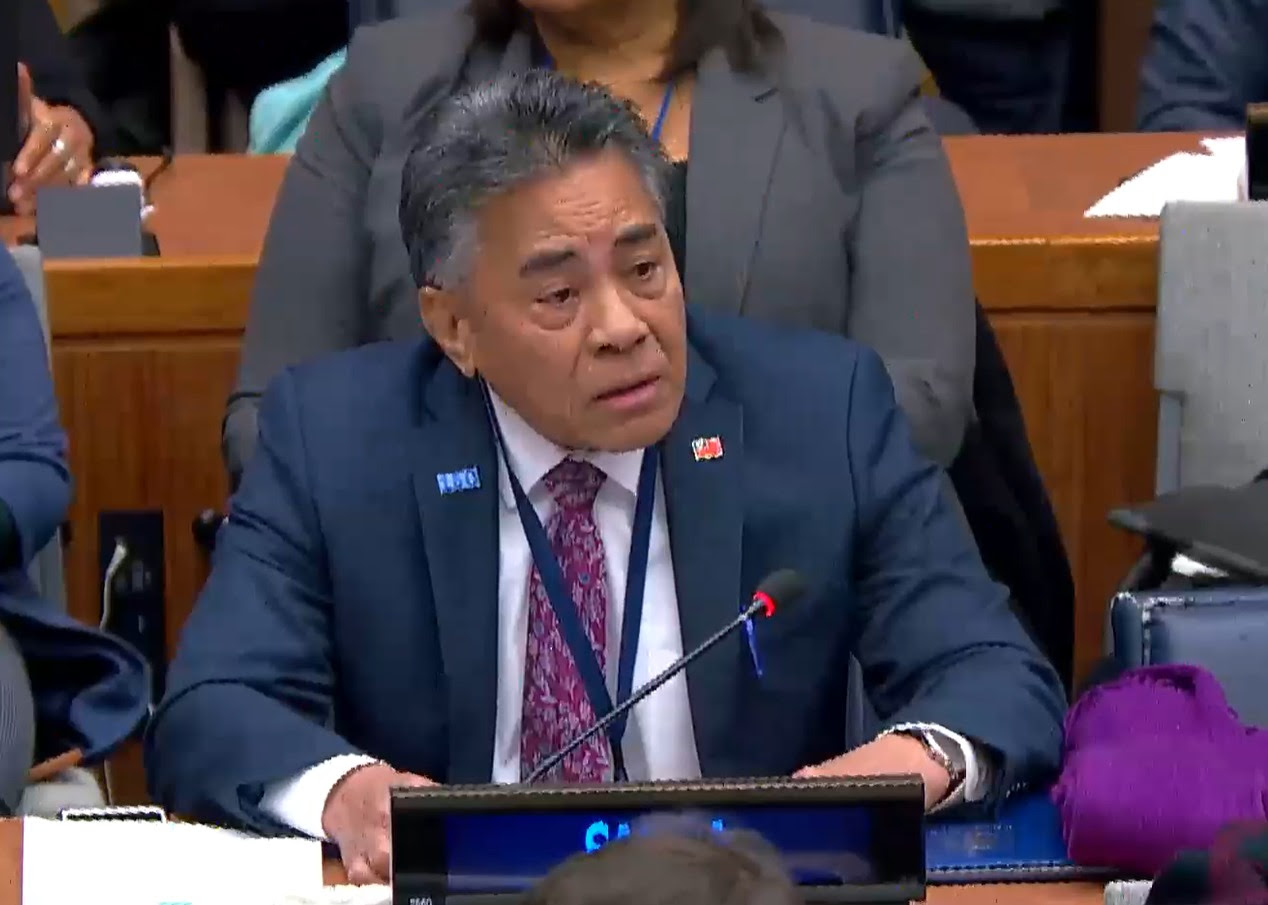This news article is a production distributed through Caribbean News Service. It is made freely available to your media and we encourage publishing and redistribution, giving credit to Caribbean News Service (CNS).
By Desmond Brown – Executive Editor
ST JOHN’S, Antigua, Nov 18 2015, CNS – Drought and climate change are changing the landscape for small farmers in Antigua and Barbuda with enormous implications for food security.
Drought is generally defined as an extended period – a season, a year, or several years – of deficient precipitation compared to the statistical multi-year average for a region that results in water shortage for some activity, group, or environmental sector.
“We are pretty much in a drought situation half of the year but for the last two years we’ve had a worsening of the situation where we had a shorter rainy season and a longer dry season,” Julian Laudat, a small backyard gardener told Caribbean News Service (CNS).
“We are accustomed to getting rain maybe September until end of November, three solid months. But last year we only got a little bit in November; the year before, a little bit in October, and some in November.
“We didn’t get much rain in September for the last three Septembers. So what happen is it became a challenge for me to continue my production and for maybe a good three or four months this year I wasn’t able to grow because although I had rainwater catchment in my cistern that ran out and although I was supplying drip irrigation to the plants they just weren’t prospering,” Laudat added.
Since 1900 more than 11 million people have died as a consequence of drought and more than 2 billion have been affected by drought, more than any other physical hazard.
Current projections by the Intergovernmental Panel on Climate Change (IPCC), of rising temperatures and sea levels, and increased intensity of droughts and storms suggest that substantial population displacements will take place within the next 30-50 years, particularly in coastal zones.
The most immediate consequence of drought is a fall in crop production, due to inadequate and poorly distributed rainfall. Farmers are faced with harvests that are too small to both feed their families and fulfill their other commitments.
“The tomatoes wouldn’t flower, the lettuce wouldn’t prosper and so I eventually just had to let the garden fallow and then we got some rains in September and I started planting back and they’re doing a little better now,” Laudat said.
“But the weather has definitely become a little more intense in terms of the dry period getting longer and the rainy period getting shorter. The showers when they come, they come very heavily so you have a lot of runoff so you are not able to capture all of it. So that is a challenge because you need water to grow plants.”
There are more than 500 million family farmers who produce at least 56 percent of the world’s food. Most are subsistence farmers, scratching out barely enough to feed their own families, with little or nothing left over to take to market.
Ms. Laudat said small farmers need help to deal with the challenges posed by drought and climate change.
“Some of what small farmers need include technical assistance and training in terms of identifying what crops and what varieties to plant. It’s not just tomatoes but what specific variety of tomato does well when the water is scarce or even during the hot weather periods because I have found that we’ve had higher temperatures in October for instance than we are used to,” she explained.
“We are accustomed in Antigua to having our highest temperatures between July/August. This year we had several days of 90 degree temperatures in October so it’s not just selecting a variety that can deal with the drought for us now, it’s also looking at varieties that can cope with those high daytime temperatures because there are some plants, especially like tomatoes again, that will now flower when the temperature is too high.”
Given the severity of drought, a central challenge for researchers has been to devise technologies that lend greater resilience to agricultural production under this stress. One way in which they have responded successfully to the challenge is by developing varieties of major food crops that are drought tolerant or escape drought through early maturity.
When the twenty-first session of the United Nations Conference of the Parties (COP21) gets underway in Paris, France on 30th November, agriculture and land use will be of paramount interest in the negotiations.
Ms. Laudat is pleased to see that attention is being given to some of the issues that are faced by small farmers.
She noted that many small farmers face great difficulties getting financing.
“Many of them, their farms are not large enough for them to even use the farm as collateral. Many of them are even renting the farm to have their gardens so they can’t use it as collateral anyway and then they don’t have other resources that they can use as collateral so that bars them from many loans,” she said.
“The other thing is many of the lenders see agriculture as a high risk. You’ll have a good crop going, have a market for it and then a pest comes overnight and just wipes it out. And because of that high risk it’s very difficult for them to get loans.
“Maybe a system could be set up where the interest rate and the terms and conditions can be adjusted to suit the situation. I know there have been some financing schemes that allow you to grow the crop, you get the money to grow the crop and then after you’ve harvested and sold the crop then you start to pay back. So that way you are able to make some money before you start to pay,” she added.
Noting that the agricultural sector is key in addressing climate change, the Food and Agriculture Organisation (FAO) says it will provide technical advice to its member countries to support their involvement in the COP21 negotiations and in meeting their United Nations Framework Convention on Climate Change (UNFCCC) commitments, making sure that the linkages between climate change, agriculture and food security are made.
Photo: A water catchment close to a farm on the Sir George Walter Highway in Antigua




